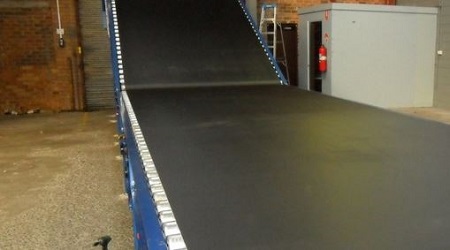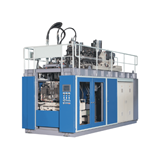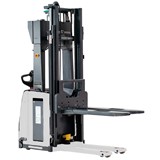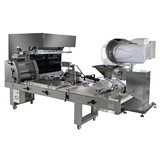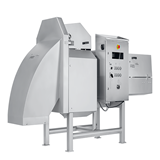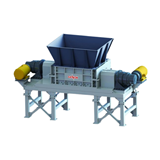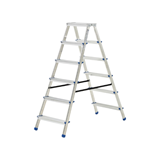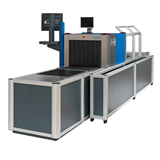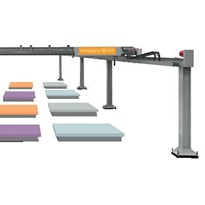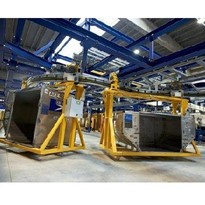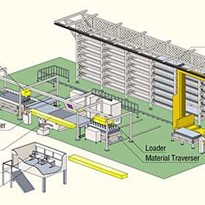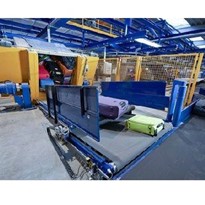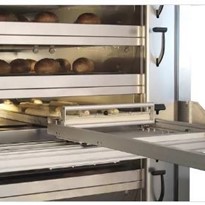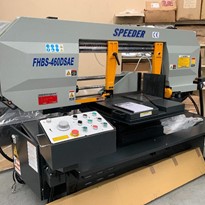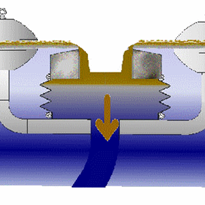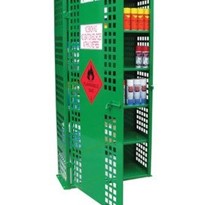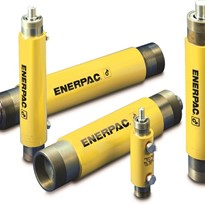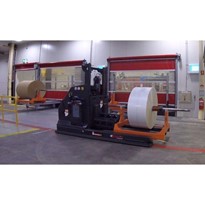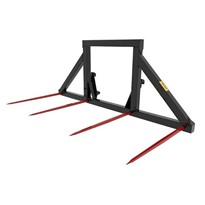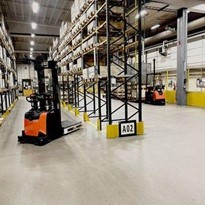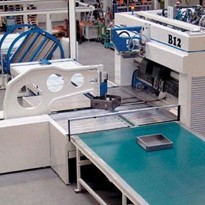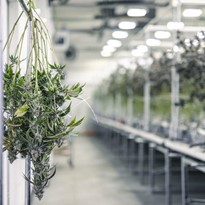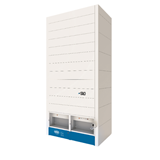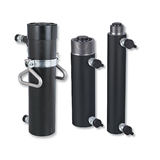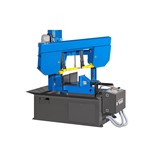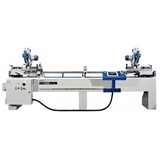With amazing technological capabilities being produced worldwide across all industries, consumers are being faced with more choice than ever before. As a result, time becomes a critical selection criterion ingrained in the standard consumer way of thinking.
Businesses must adjust to meet these expectations and it is the warehouse manager who is often faced with the dilemma of how to process the order requirements in ever-shortening production allowance times.
Customer demand vs management expectations
This dilemma boils down to the balancing act between the two mindsets: customers demanding short supply times with the mentality "we want to order today and we want it delivered tomorrow"; management and stakeholders wanting and needing growth.
The ability to "push" more and more product out the door is essential to achieve ever increasing production and sales targets, therefore allowing the business to "pull" in more business opportunities and grow. It's a problem that virtually every sales-driven company must face from time to time and often solutions put into play don't achieve the desired outcome.
In a typical warehouse operation where orders are being picked and/or packed, the typical solution is often to throw more labour at the problem or to work longer hours to process the orders. In doing this, the warehouse manager increases the up-front "cost per parcel" through spiralling labour costs, and inevitably the business reaches maximum operator limitations.
Unproductive steps can also hamper the production process by adding unnecessarily increasing production time. Streamlining time-heavy components of the materials handling process using an automated system can result in major production efficiencies.
What an automated handling system can achieve for your warehouse
Automated conveyor systems, such as those supplied by materials handling specialist Adept Conveyor Technologies, are specifically designed to meet customer requirements, and can and will deliver rapid, startling results.
The benefits of upgrading to an automated system can return the following benefits:
- More than 50 per cent reduction in labour costs to process the same number of orders
- More than 100 per cent increase in the number of orders processed using the same number of staff (and sometimes less)
- Significant "cost per parcel" reductions to process higher volumes of orders
- Personnel travelling times throughout the warehouse are markedly reduced
- A reduction of recorded errors in order processing.
- Minimises the likelihood of OHS incidents as operators do less manual tasks
- Offers a win-win scenario in terms of time for business owners, managers and customers
- Can often provide more accurate order tracking and feedback
- Offers the ability to "cross dock" orders from receivables to dispatch for "back orders" or "urgent orders" on the same day that they are received into the warehouse – a major advantage given the above mentioned adjustment in consumers' expectation of time
The above can often be achieved with the simplest automated system design without the need for massive capital expenditure associated with sophisticated hardware and controls.
Improving your materials handling process one step at a time
What's more, today's system hardware offers excellent "scope", where a system can be gradually upgraded in stages as the company grows.
As we experience a nationwide change in manufacturing industries with more and more warehouses and distribution centres being established locally, it is evident that growing companies must adapt to and embrace automated handling methods.
Manual handling is not a sustainable production method to keep pace with consumer demand, neither is it suitable for supporting or providing growth.


